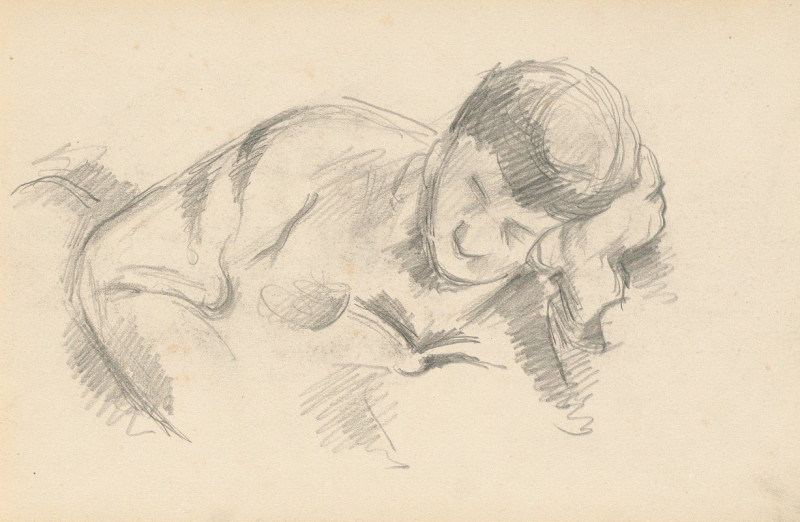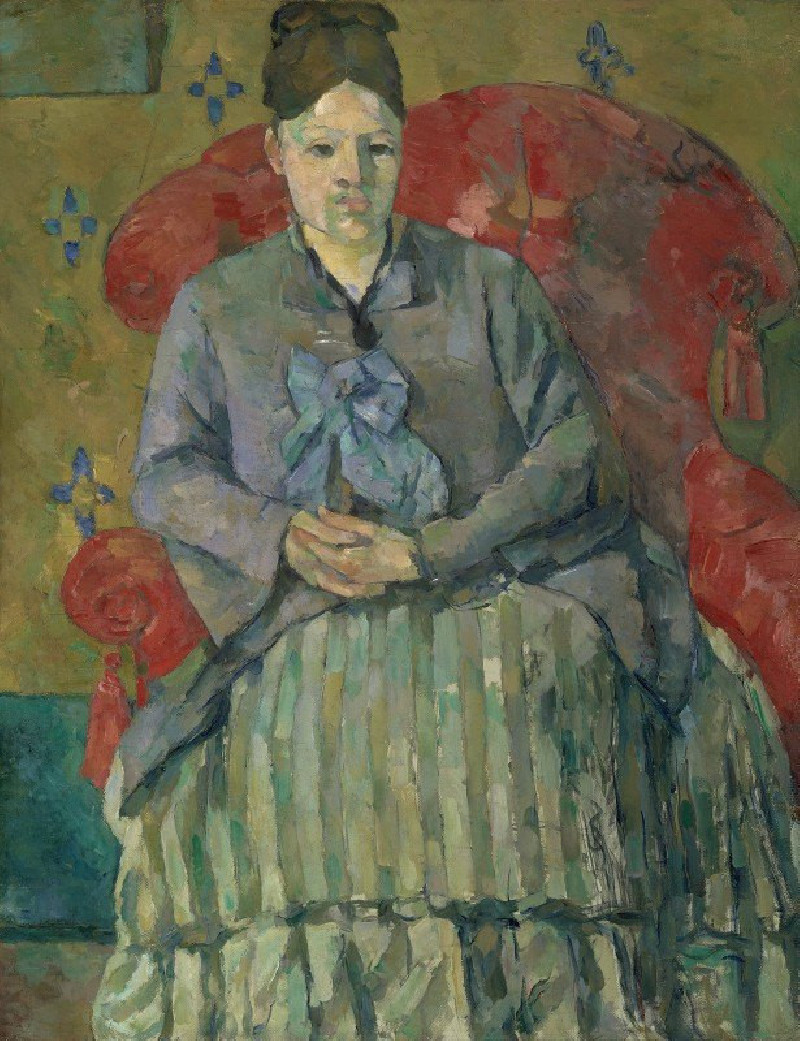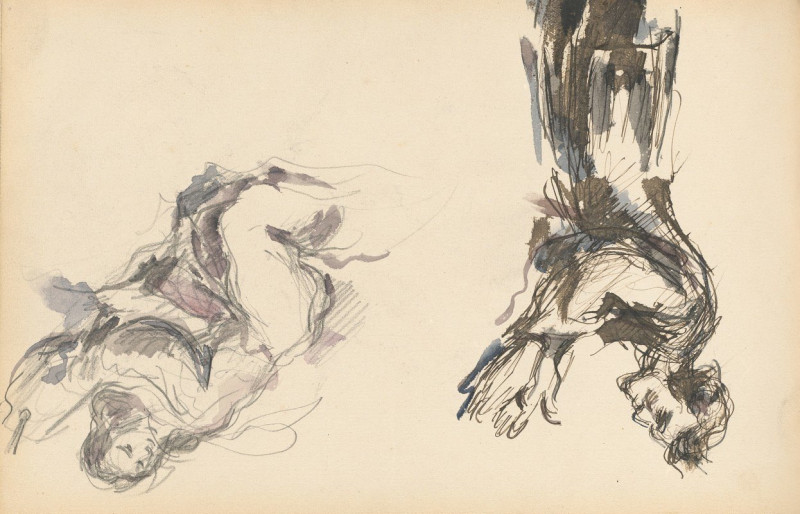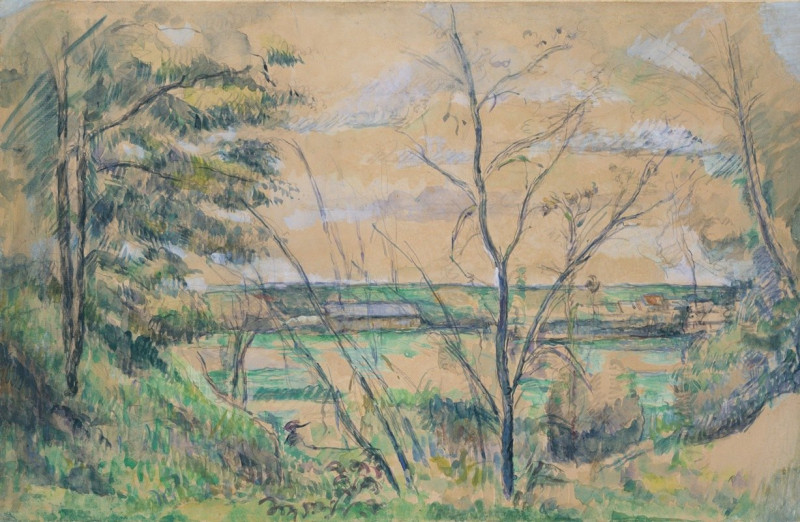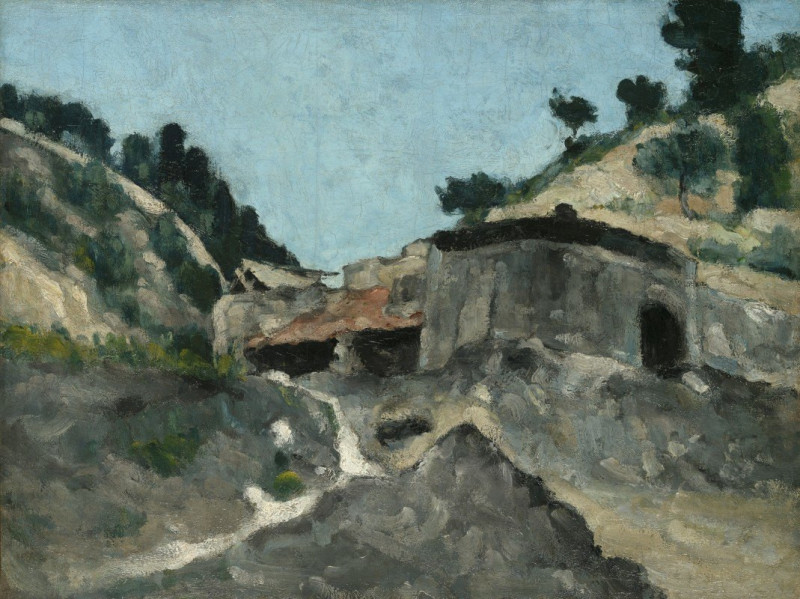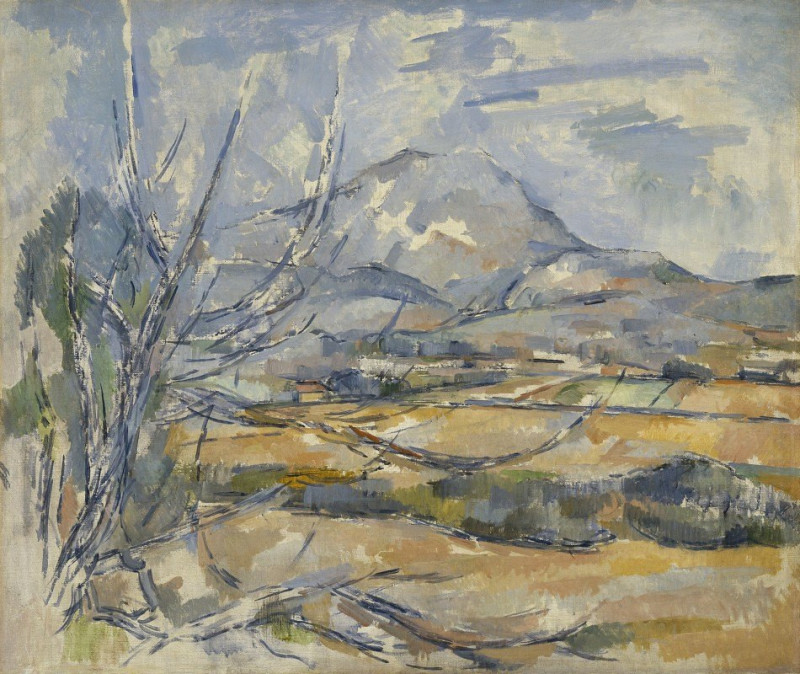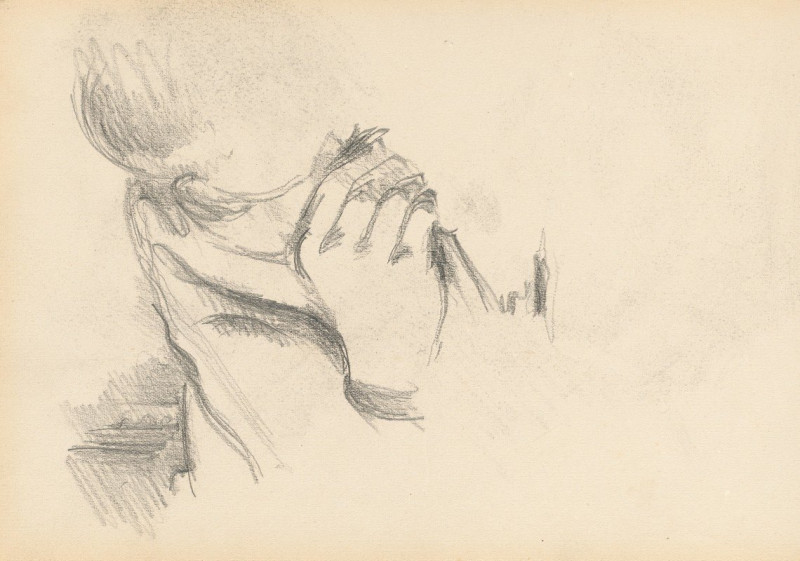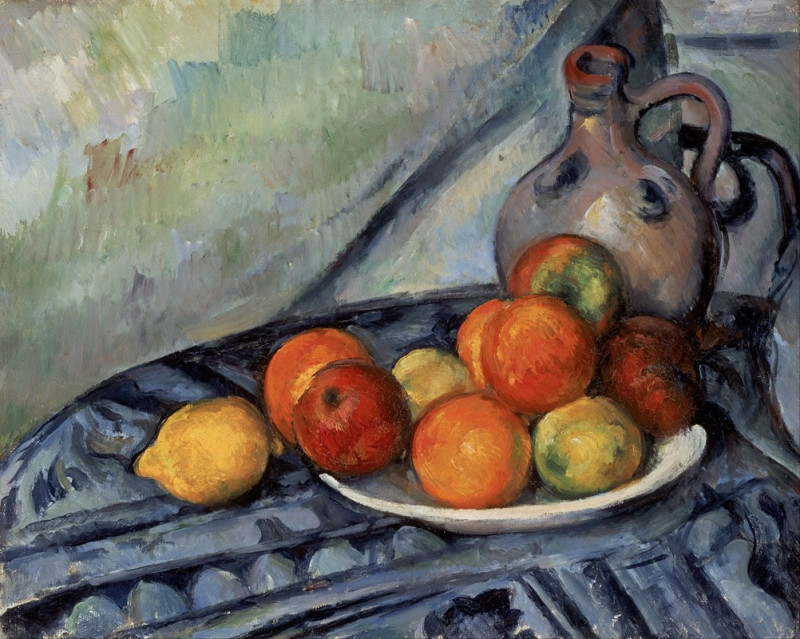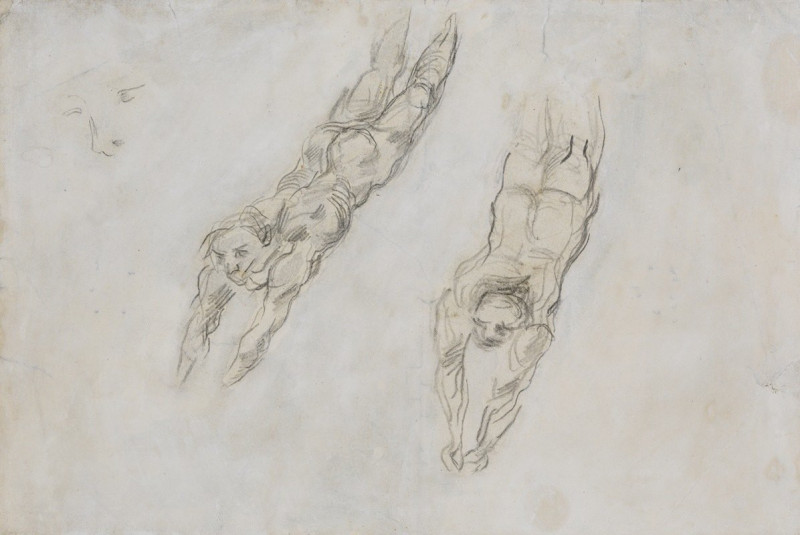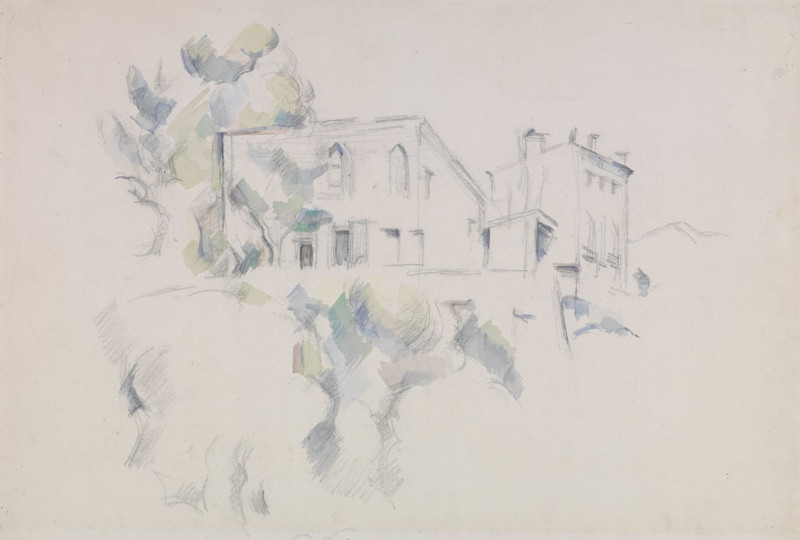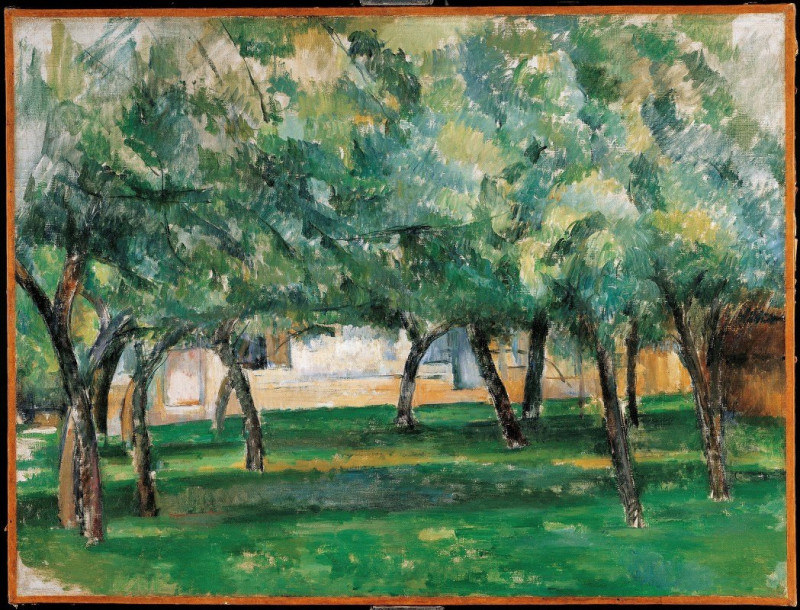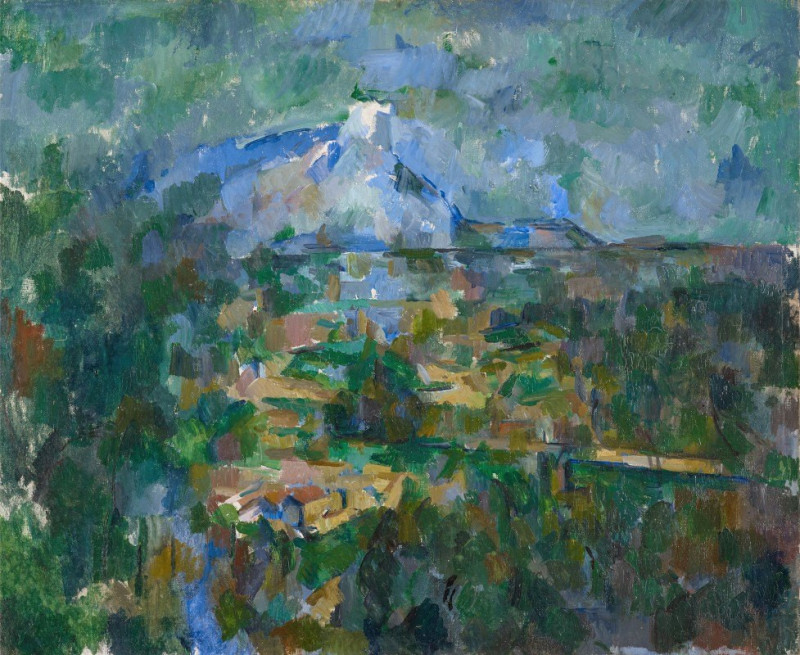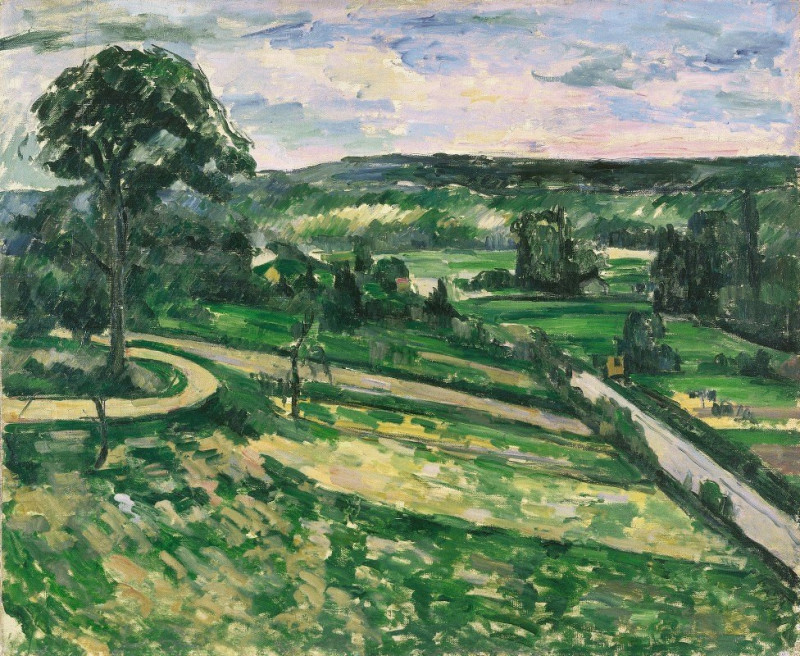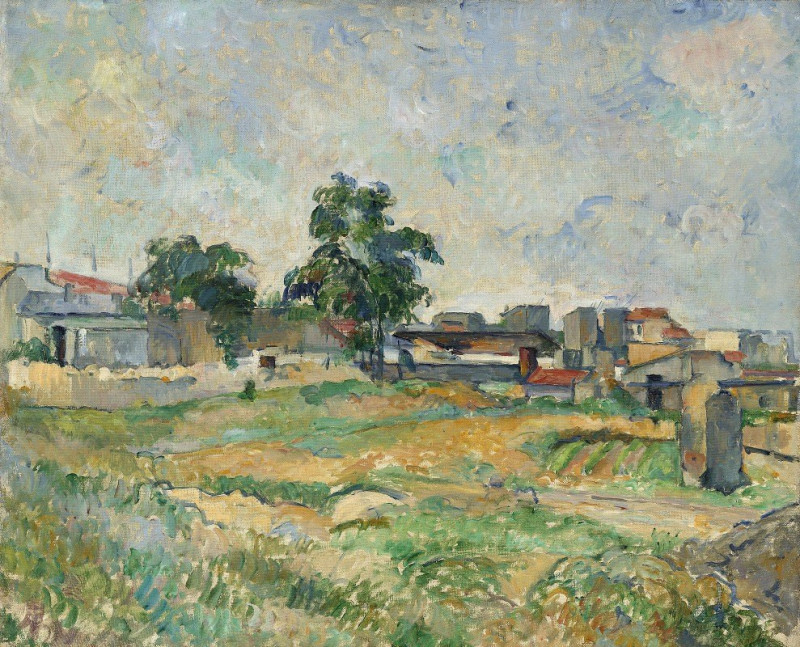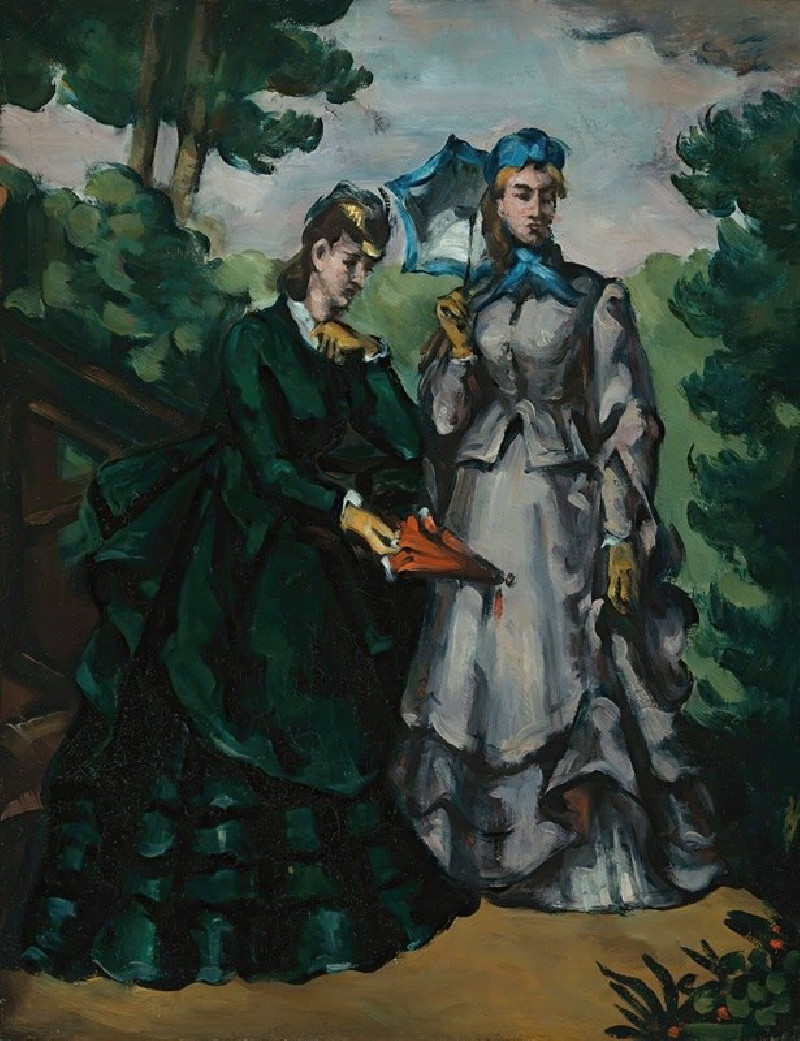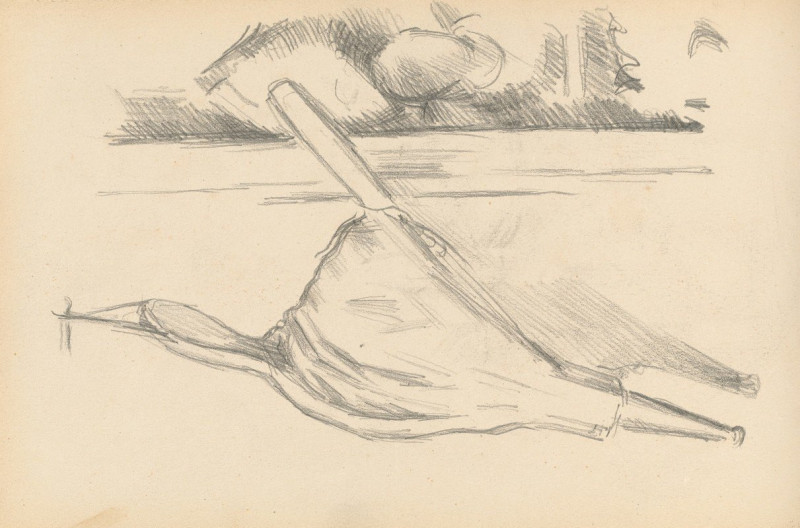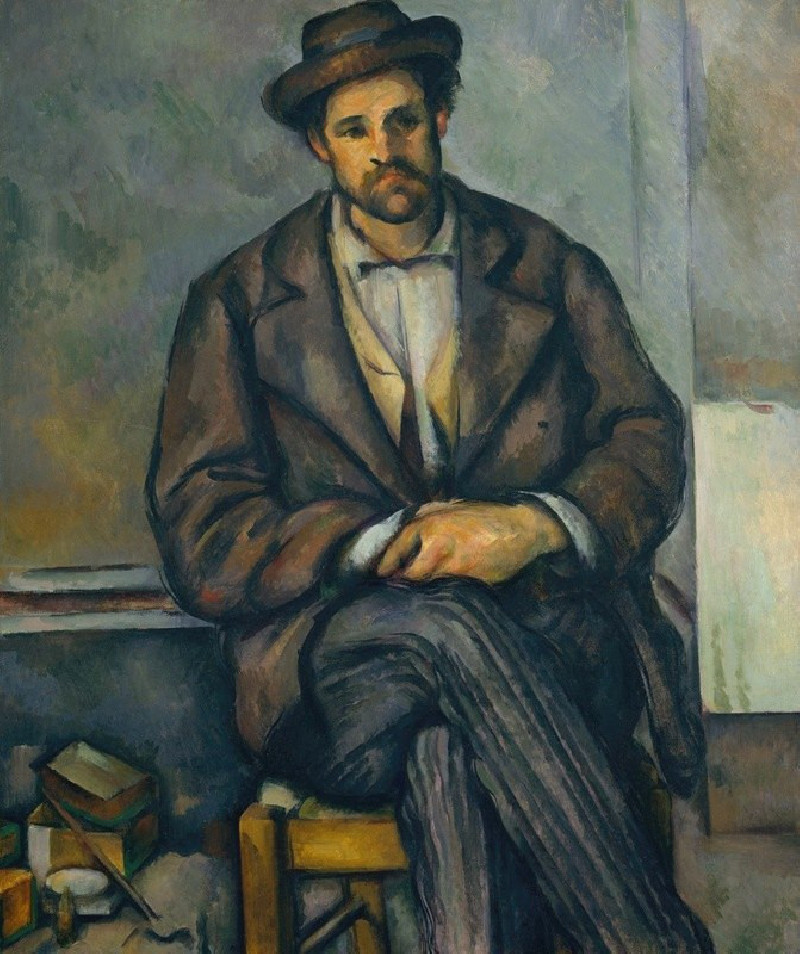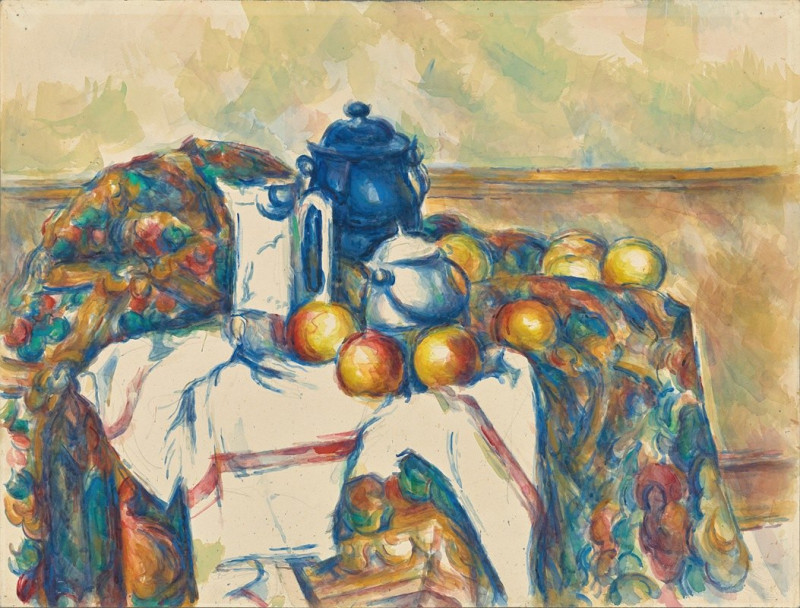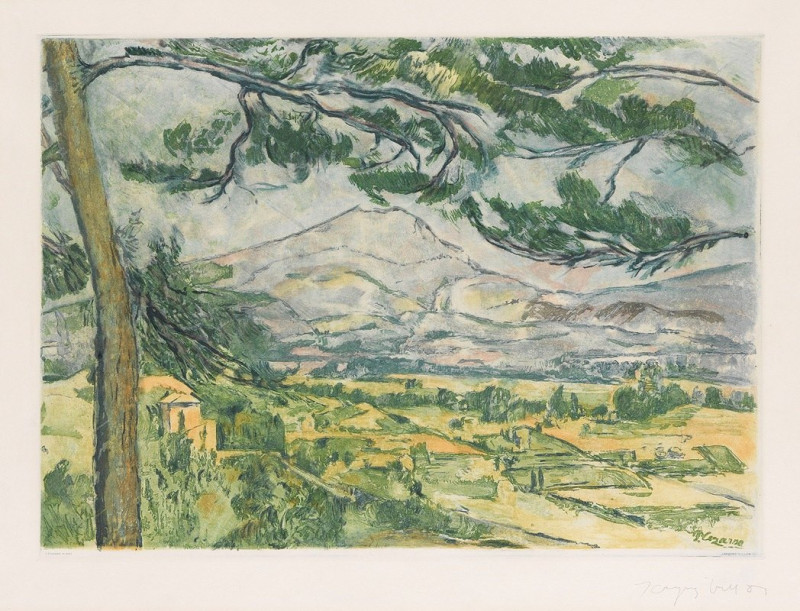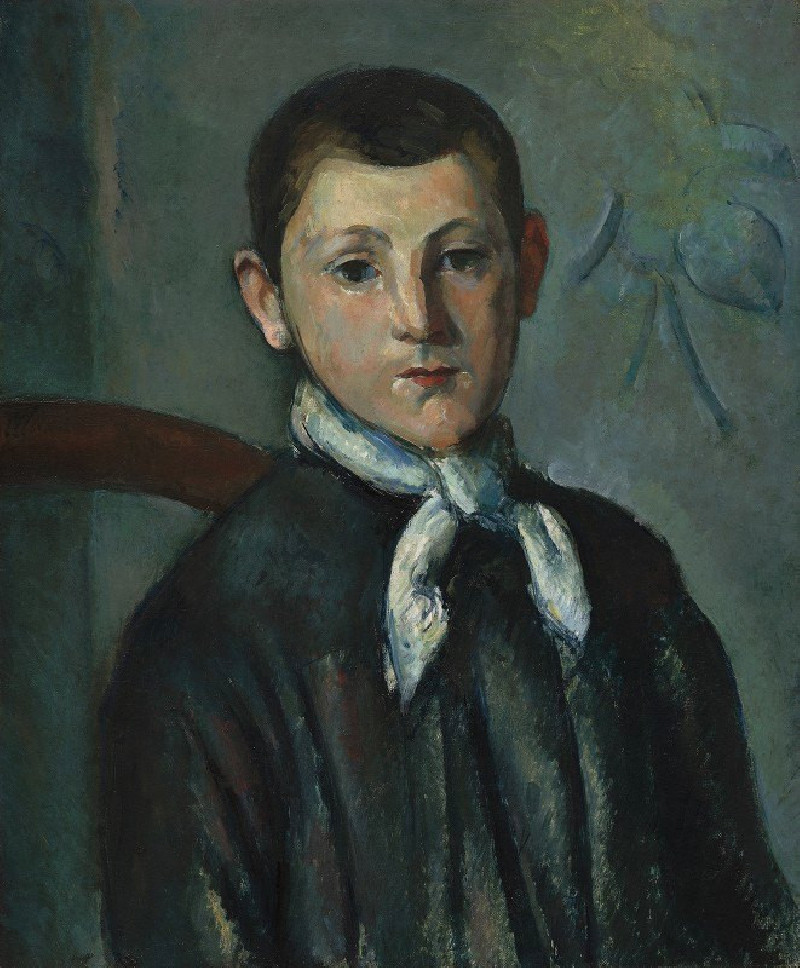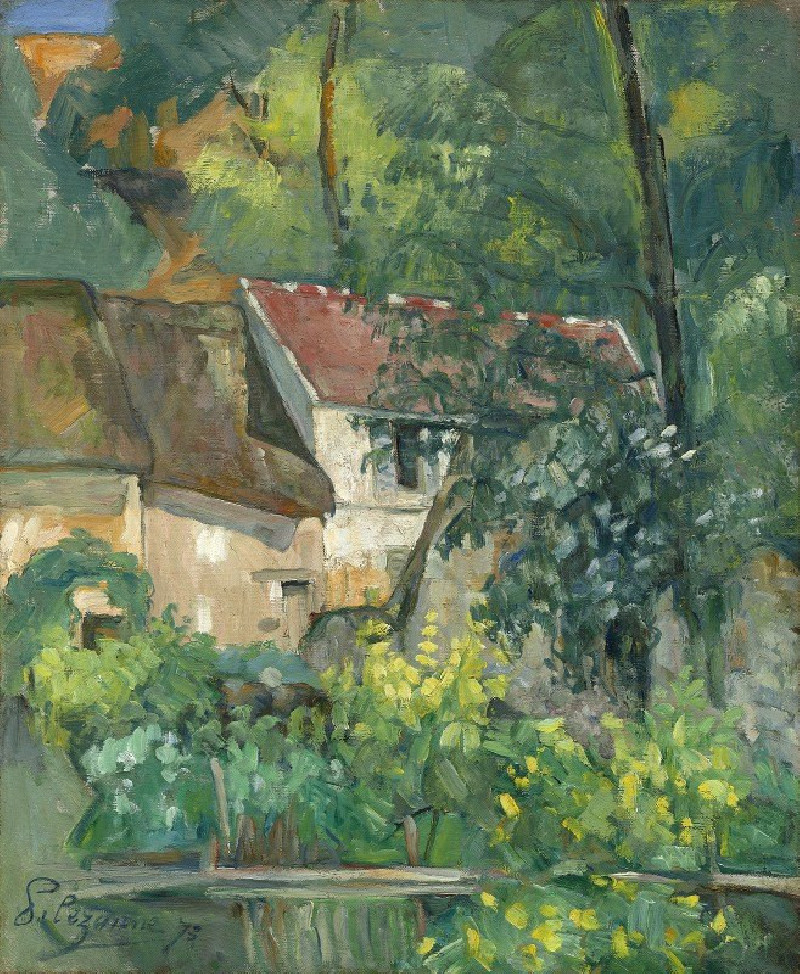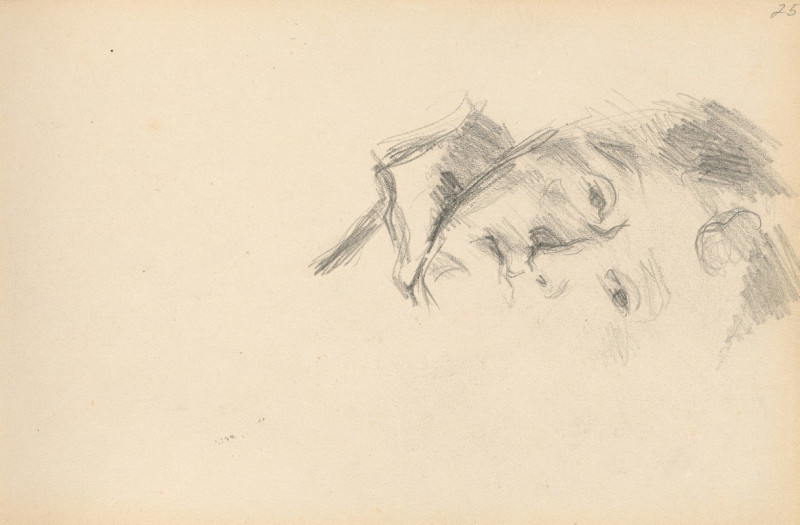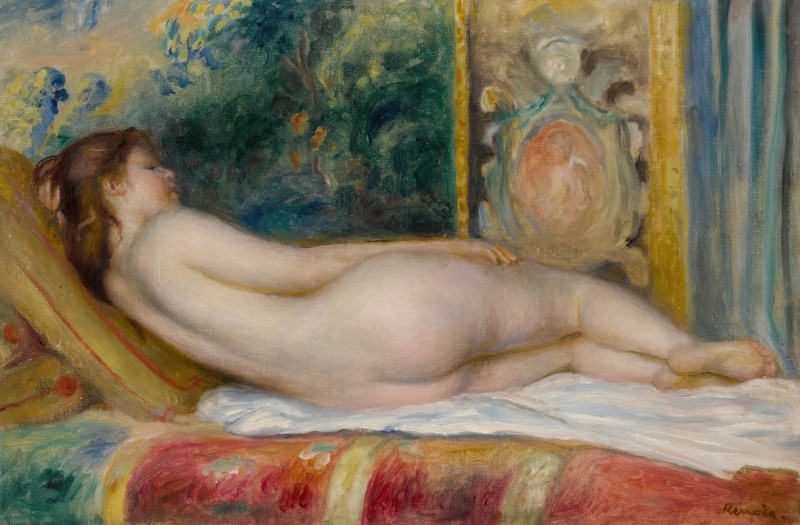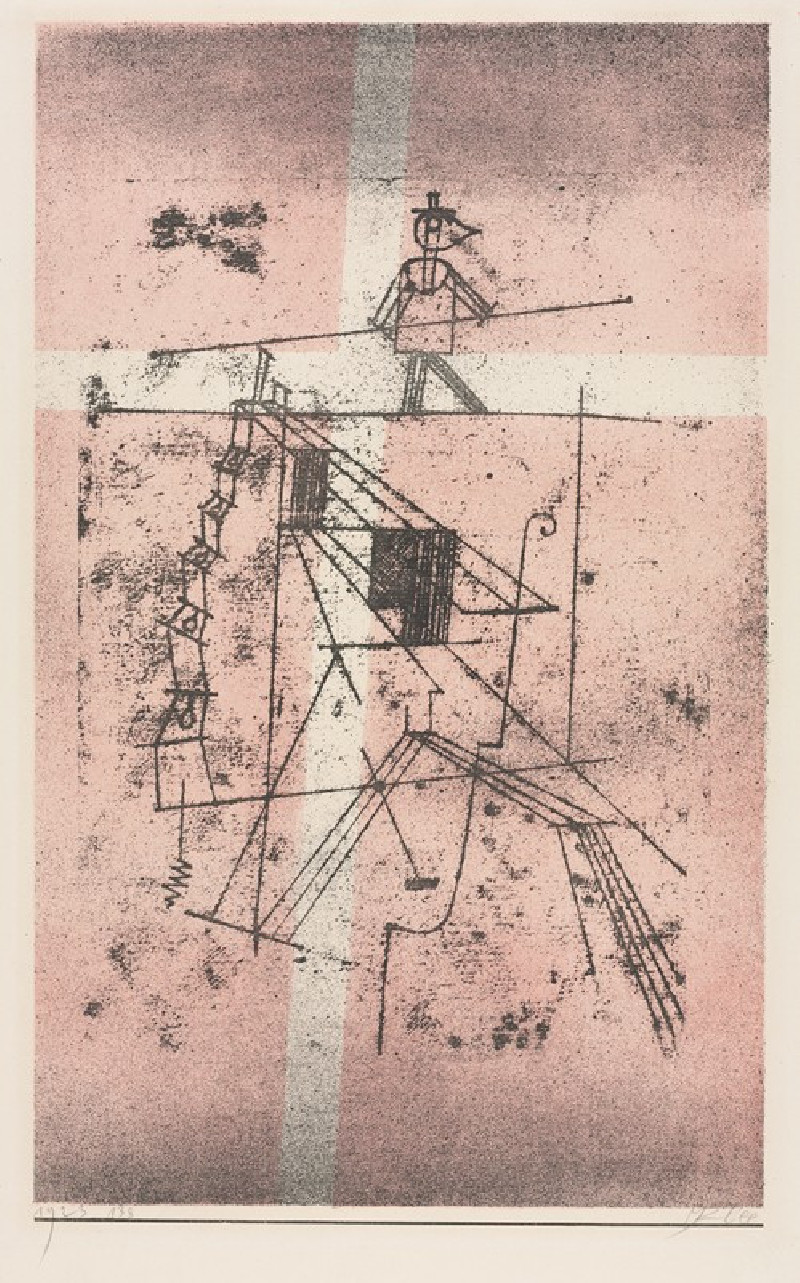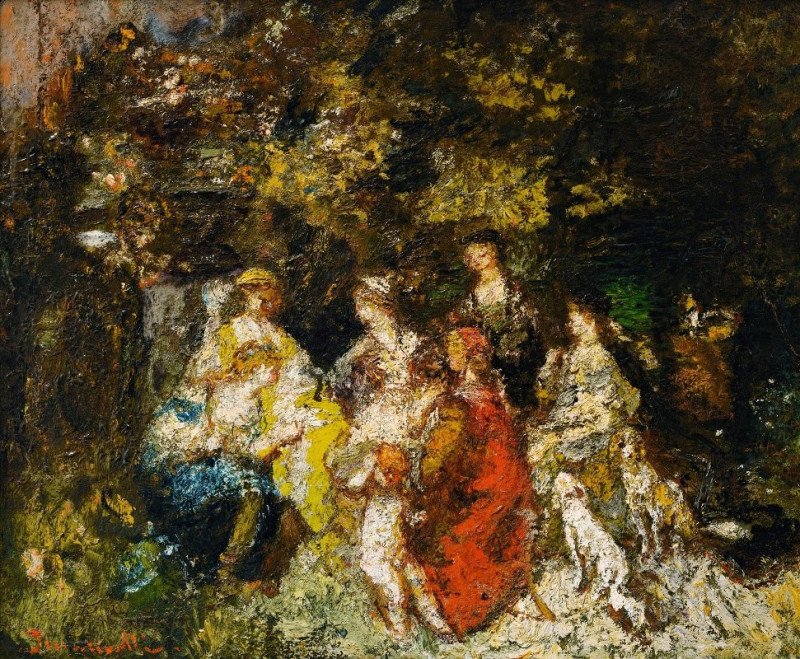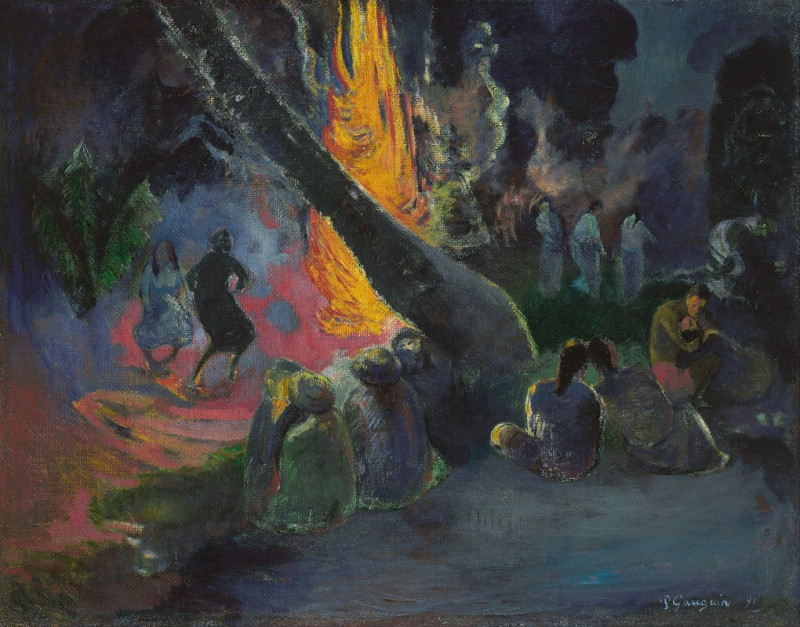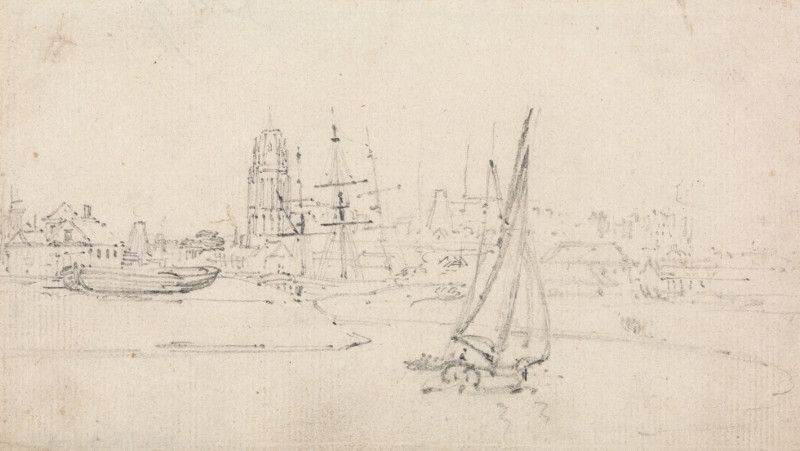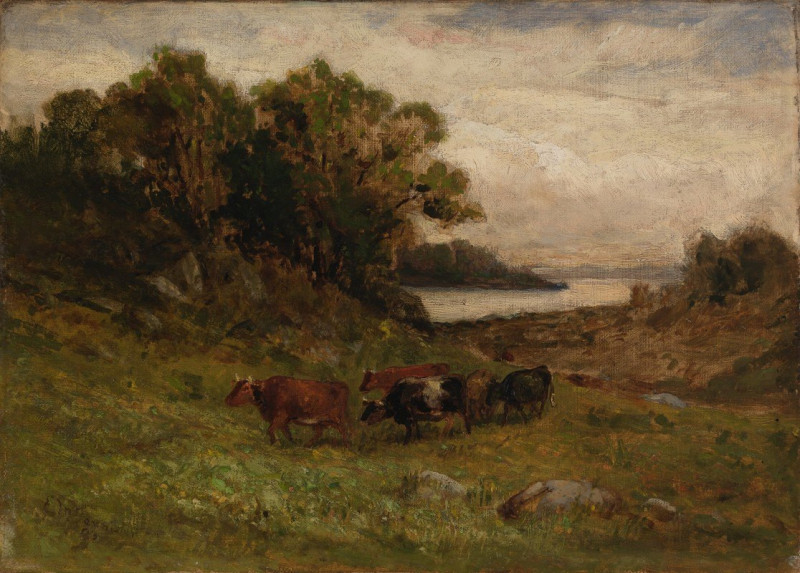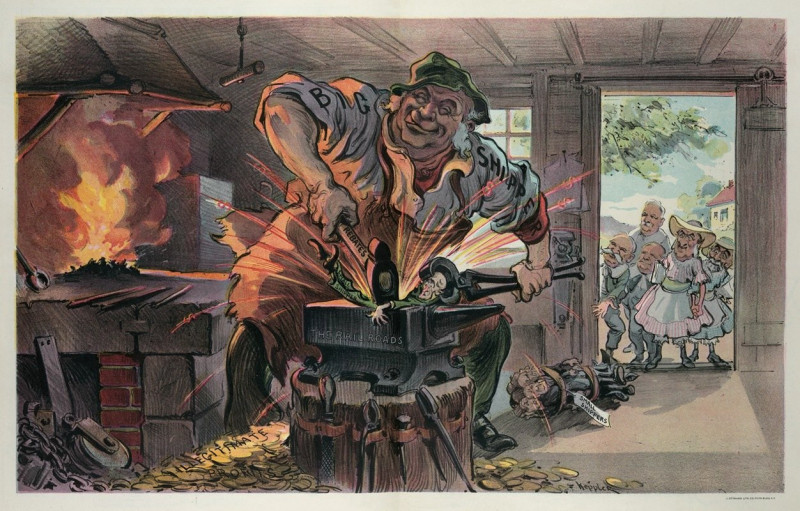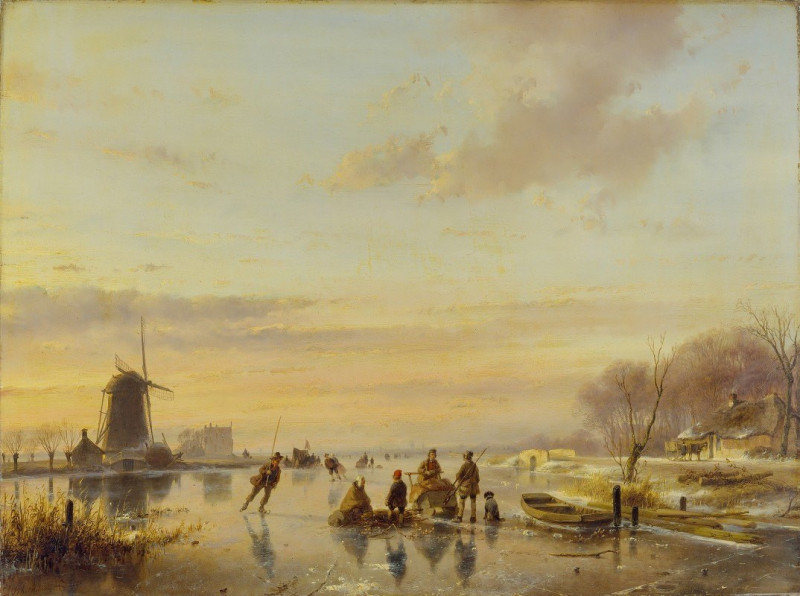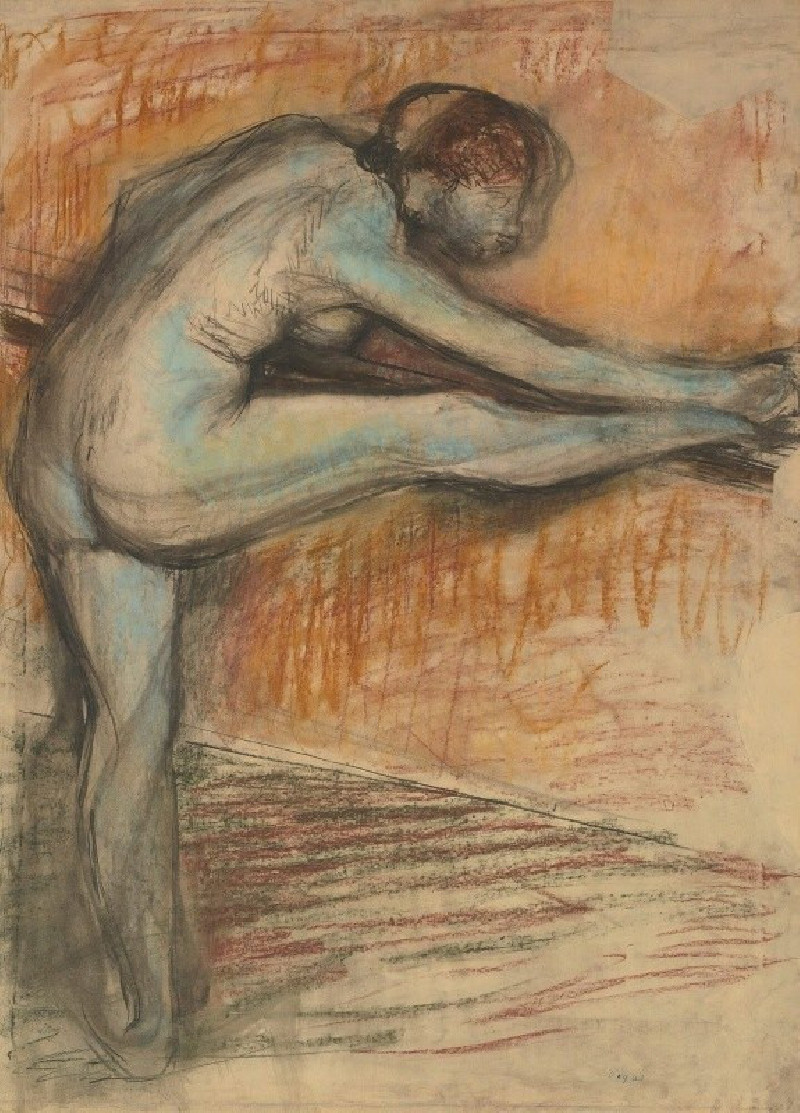The Artist’s Son Leaning on his Elbow (c. 1887)
Technique: Giclée quality print
Recommended by our customers
More about this artwork
Explore a captivating moment captured in the intimate sketch "The Artist’s Son Leaning on his Elbow" (c. 1887), delicately crafted by the renowned Paul Cézanne. This poignant artwork offers a gentle peek into the personal life of Cézanne, showcasing a tender portrayal of his young son in a moment of quiet repose.Rendered in soft graphite, the sketch reveals the delicate features of the boy's face, resting peacefully on his elbow, his serene expression suggesting deep thought or perhaps the sweet lull of daydreams. There's a candidness and simplicity to the lines used by Cézanne, highlighting his mastery in capturing human emotion and form with minimal yet powerful strokes. The softness of the sketching technique lends a dreamlike quality to the image, revealing Cézanne's ability to transform everyday family moments into artful expressions that resonate on a universal level.This artwork not only reflects the affection of a father for his son but also illustrates Cézanne's pivot from the conventional to a more personal and exploratory treatment of his subjects.

